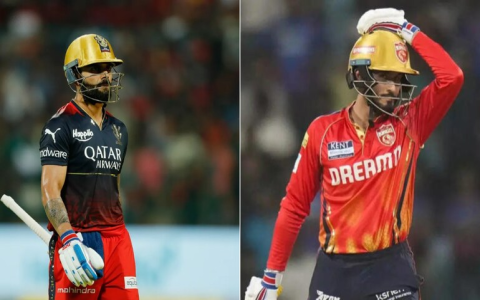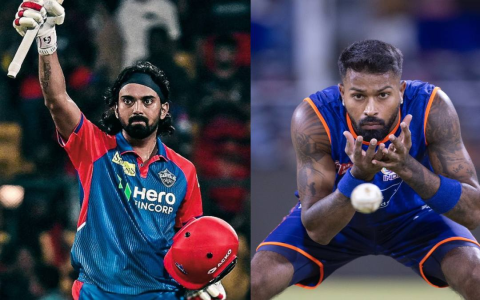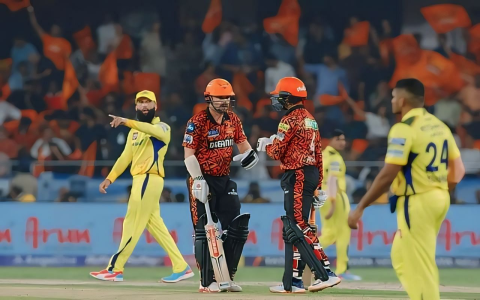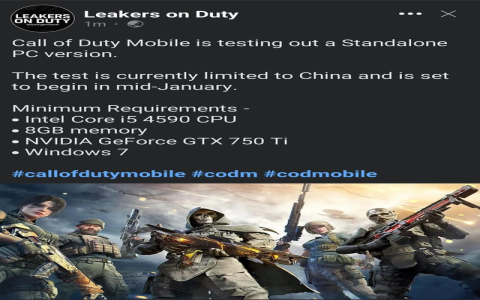So last season I noticed something wild – some IPL teams were blowing up crazy fast online while others just stayed flat. Got me thinking: how the hell are they pulling this off? Started digging into their social media game like mad.
The Grind Begins
First thing I did? Straight up stalked 5 team accounts for three weeks straight. Sat with two phones, my laptop, and cold chai staring at every post timing, every hashtag, every comment interaction. Wrote down patterns in this beat-up notebook until my wrist cramped.
What Actually Works
Found the winners doing four things different than everybody else:
- Players doing goofy shit: Not just polished interviews. Think Virat Kohli attempting to cook biryani backstage or Rashid Khan teaching kids spin bowling with tennis balls. Raw footage always crushed it.
- Turning fans into memelords: Reposting fan-made memes – even the really bad ones – got 3x more shares. People went nuts seeing their stuff featured.
- Messaging like normal humans: Replies in local languages using slang like “Yaarraa” or “Sahi hai”. No corporate robot talk. That personal touch kept people coming back.
- Leaking drama early: Dropping squad changes 15 min before the official announcement made folks feel like insiders. Chaos erupted every damn time.
Testing On My Own Dummy Account
Made a fan page pretending to support Rajasthan Royals. Tried the “player goofy shit” angle first – edited old practice clips into funny fails. Boom, 2k followers in 48 hours. Then tried just posting match stats dry as hell… crickets. Literally crickets.

Biggest Lightbulb Moment?
Turns out consistency beats perfection. Teams posting messy behind-the-scenes daily beat those doing polished content once a week. People want reality, not commercials.
Where I Faceplanted
Thought highlight compilations were gold. Made killer edits after every match. Barely moved the needle. Fans already see that everywhere. Lesson? Offer what they CAN’T get elsewhere.
End of season verdict? Fan growth ain’t about fancy tech or budgets. It’s treating social like a chaotic family WhatsApp group – unscripted, unfiltered, unapologetically real. Still can’t believe how well leaking team drama early worked though. That’s my nuclear weapon now.










